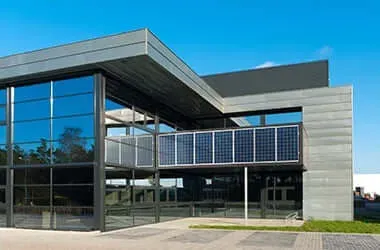Understanding Costs Associated with Solar Panel Installation and Financial Considerations
Understanding Solar Installation Costs A Guide for Homeowners
As the world increasingly shifts towards renewable energy, solar power has emerged as a popular and sustainable option for residential energy needs. However, one of the first questions many homeowners ask is, What are the costs associated with solar installation? This article aims to provide a comprehensive overview of solar installation costs and factors that influence them.
Initial Investment
When considering solar installation, the initial cost is often the most significant barrier. On average, the cost of installing solar panels ranges from $15,000 to $30,000 before any tax credits or rebates. This price can vary widely based on the size of the system, the brand of panels chosen, and the complexity of the installation. A system designed to meet the energy needs of a larger home will naturally incur higher costs.
Components of Solar Installation Costs
1. Solar Panels The largest portion of the overall cost typically comes from the solar panels themselves. High-efficiency panels may cost more initially but can offer better long-term savings.
2. Inverters Inverters convert the direct current (DC) produced by solar panels into alternating current (AC), which is used in homes. There are different types of inverters, each with varying price points.
3. Installation Labor Labor costs can vary significantly depending on the installer’s experience and the local market. Installation typically requires skilled labor, and this can account for 10-20% of the total installation cost.
solar installation cost

4. Permits and Inspections Local regulations often necessitate permits and inspections, which can add to overall costs. Homeowners must account for these necessary expenses when budgeting for solar installation.
5. Maintenance While solar systems typically require minimal maintenance, occasional cleaning and inspections are essential to ensure peak performance. Planning for these costs can help in understanding the total expenditure over time.
Incentives and Financing Options
To alleviate the financial burden, various incentives are available. The Federal Solar Investment Tax Credit (ITC) allows homeowners to deduct a significant percentage of the installation costs from their federal taxes. Additionally, many states and local governments offer rebates and incentives that can further reduce costs.
Financing options are also available for homeowners who cannot afford the upfront costs. Many installers offer payment plans, and there are options for solar loans that allow homeowners to pay off the installation over time.
Conclusion
Investing in solar energy is not just a step towards a sustainable future; it can also be a smart financial decision. While the initial costs may seem high, the long-term savings on energy bills and the potential increase in property value can justify the investment. With various financing options and incentives available, homeowners can navigate the financial aspects of solar installation more easily. As technology continues to improve and prices decline, solar power will remain a viable option for those looking to harness renewable energy effectively. Understanding the components of solar installation costs and available financial assistance is crucial for making informed decisions in the journey towards solar energy.
-
Unlocking Energy Freedom with the Off Grid Solar InverterNewsJun.06,2025
-
Unlock More Solar Power with a High-Efficiency Bifacial Solar PanelNewsJun.06,2025
-
Power Your Future with High-Efficiency Monocrystalline Solar PanelsNewsJun.06,2025
-
Next-Gen Solar Power Starts with Micro Solar InvertersNewsJun.06,2025
-
Harnessing Peak Efficiency with the On Grid Solar InverterNewsJun.06,2025
-
Discover Unmatched Efficiency with the Latest String Solar InverterNewsJun.06,2025







